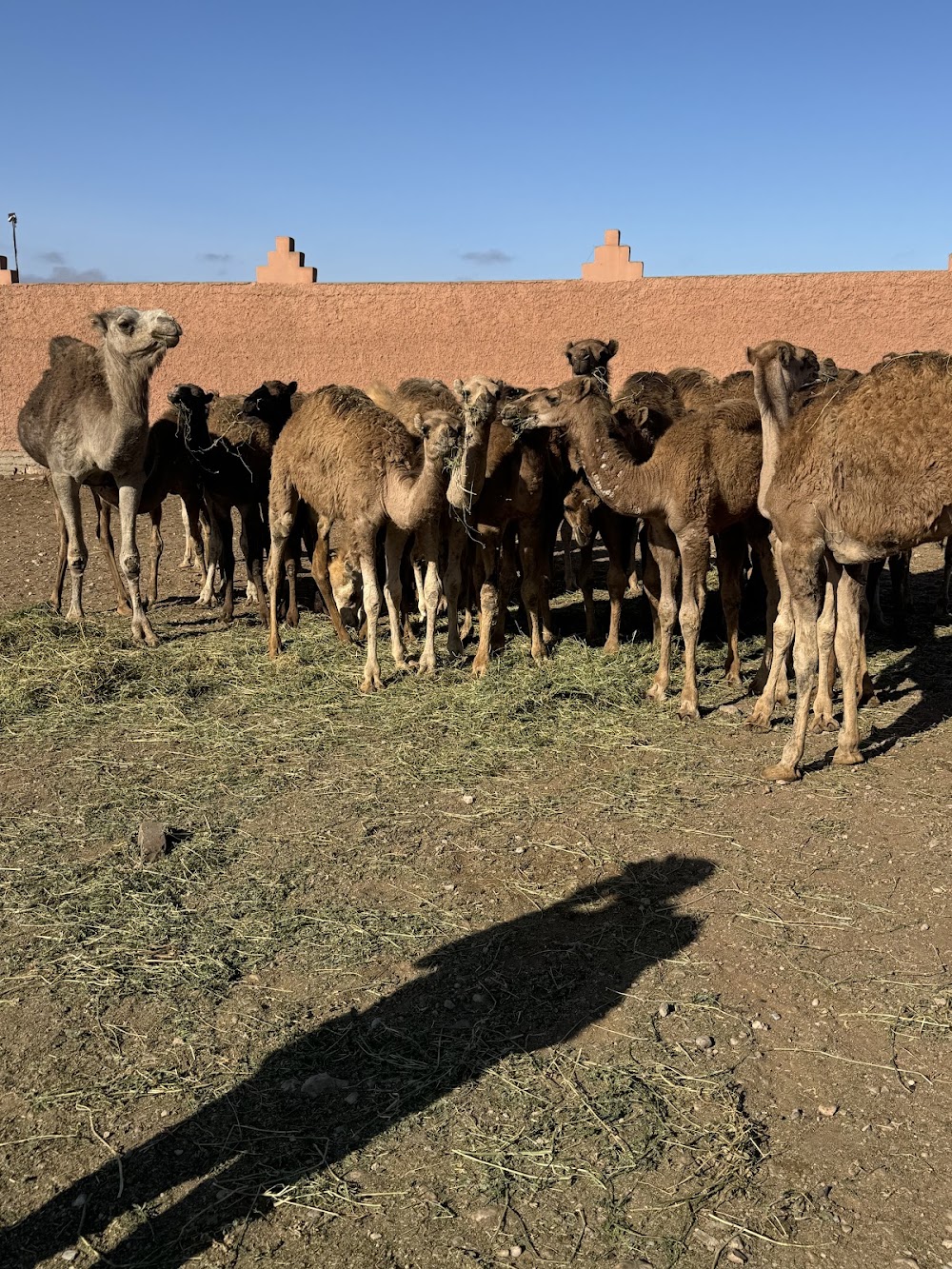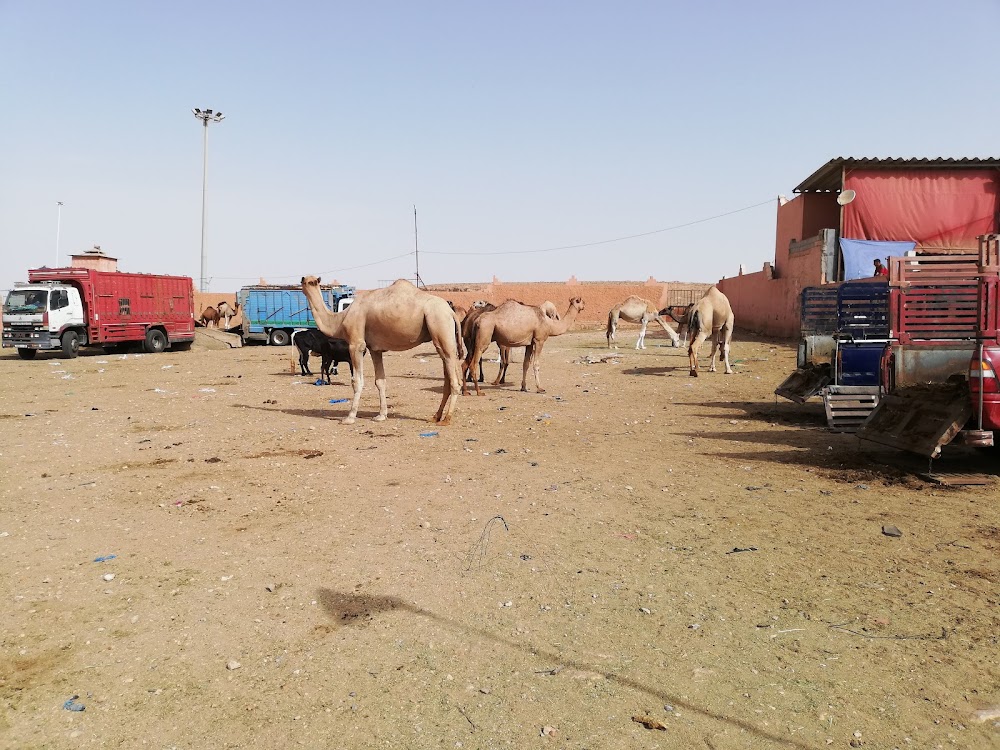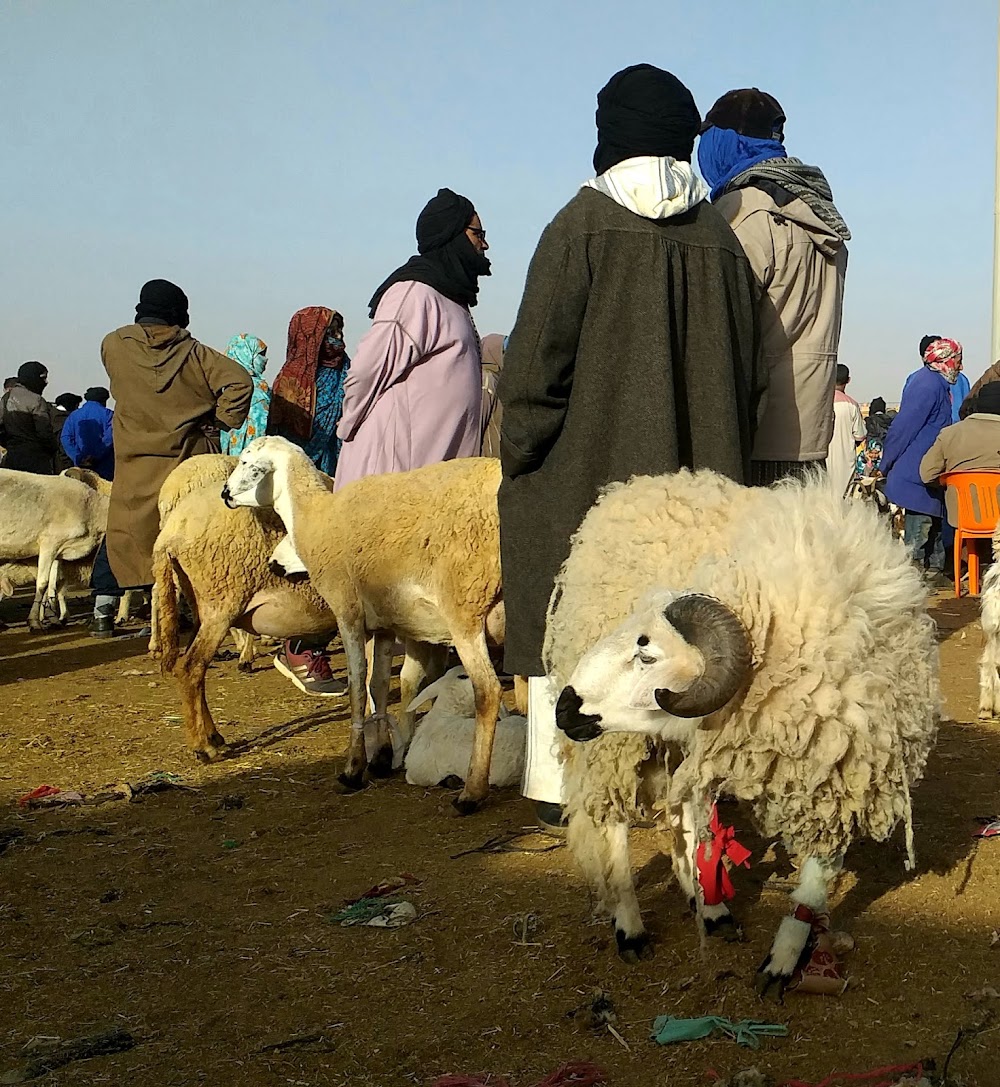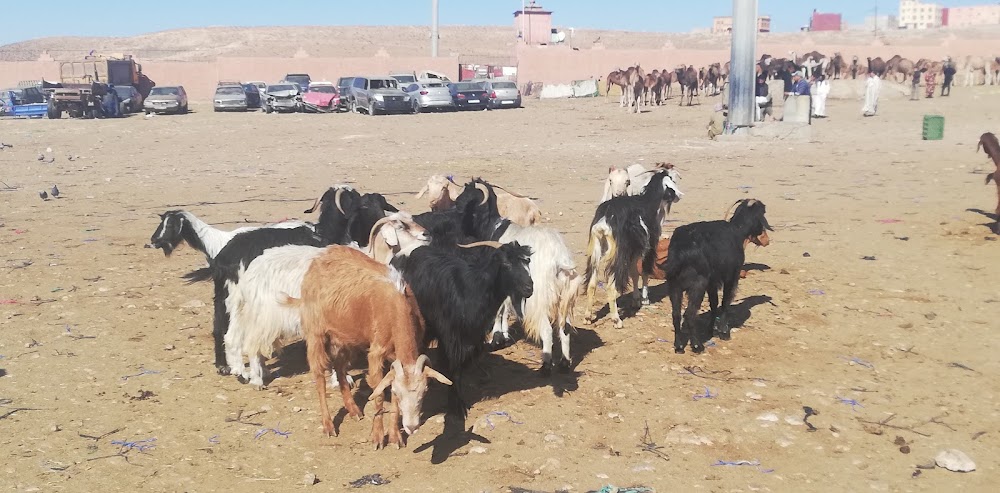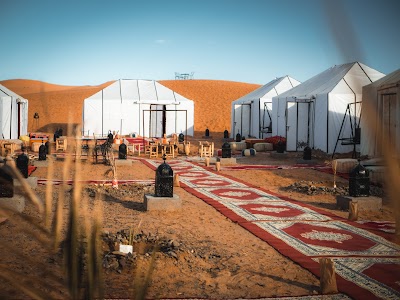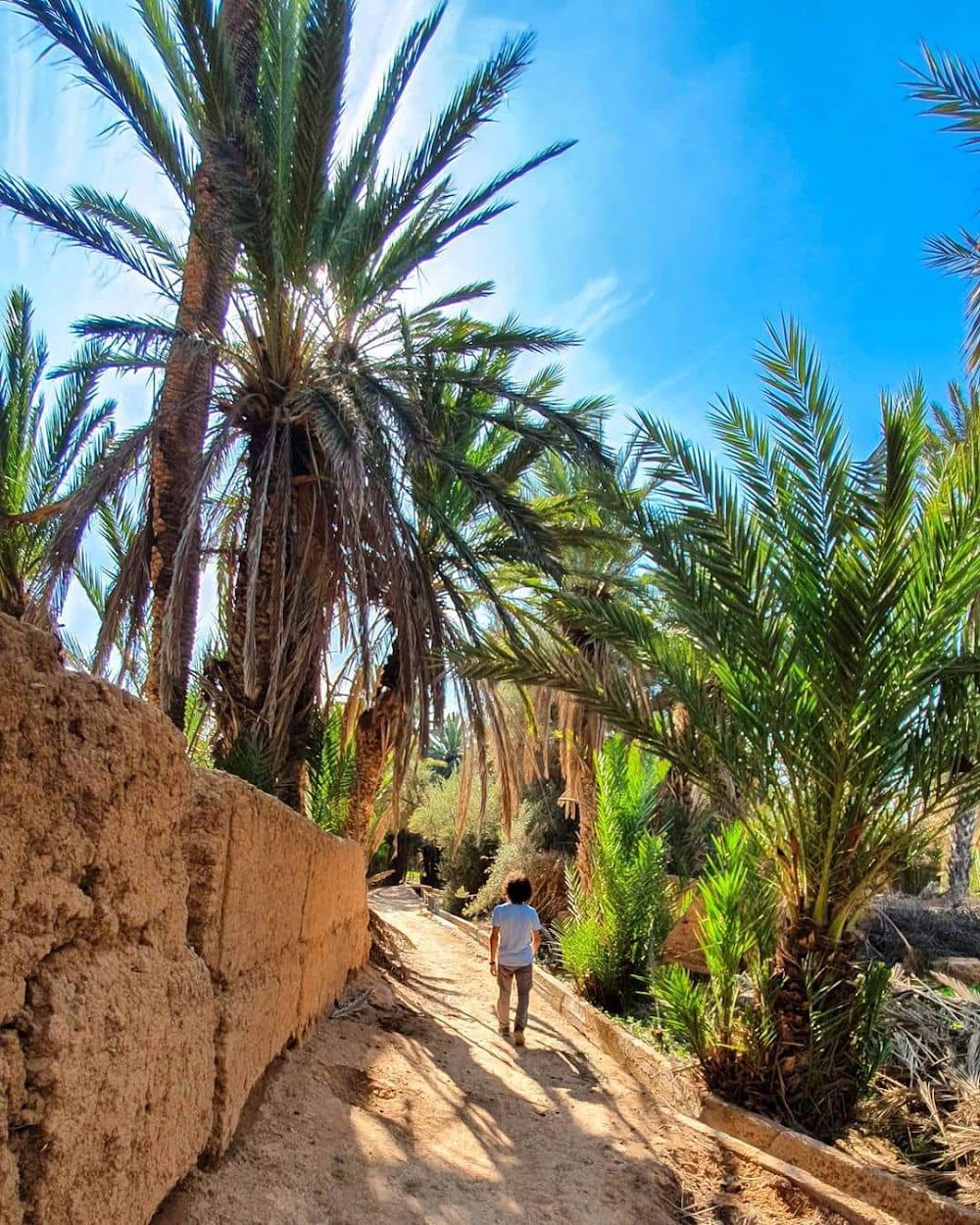Guelmim Camel Market (سوق الجمال كلميم)
Overview
The **Souk Amhirich**, also known as the **Guelmim Camel Market**, is a vibrant and bustling marketplace nestled in Guelmim, near the city of Assa-Zag in Morocco. This historic souk has served as a central trading hub for centuries, showcasing a unique blend of culture, commerce, and community. Visitors are often captivated by the lively atmosphere, the diverse array of goods, and the impressive number of camels that gather here every week.
The **history of the Souk Amhirich** is deeply intertwined with the traditions of the Saharan and Berber people. Guelmim, frequently referred to as the **"Gateway to the Sahara,"** has long been a pivotal trading town. Established as a meeting point for traders from various regions, including Mauritania, Mali, and other parts of sub-Saharan Africa, the market has gained fame for its camel trade—reflecting the significance of these animals in Saharan culture and economy.
The development of the **Souk Amhirich** was a community-driven endeavor. Unlike traditional markets that are constructed in one go, souks evolve organically over time. The site was strategically chosen along key trade routes, facilitating the convergence of traders from distant lands. What began as a simple open space for traders gradually transformed into a bustling market, complete with camel pens, shaded areas for merchants, and organized pathways for smooth movement.
The local government and community have played vital roles in maintaining and enhancing the souk. Over the years, essential amenities have been introduced, including water points for animals, feeding areas, and shelters from the intense desert sun. These improvements prioritize the welfare of both the animals and the traders, ensuring a sustainable trading environment. As globalization progressed, the souk adapted by incorporating modern elements while preserving its traditional charm.
A typical day at the **Souk Amhirich** is a sensory delight, filled with the bray of camels, the lively chatter of traders negotiating deals, and the mouthwatering aroma of local cuisine wafting through the air. The market is held every Saturday, drawing not only traders and buyers but also curious tourists eager to experience this cultural gem. Camels—valued for their endurance and adaptability to the harsh desert environment—are the star attractions. They undergo thorough inspections for health, strength, and age before negotiations begin, often accompanied by lively bartering and bargaining.
In addition to camels, the souk boasts a diverse selection of goods, including livestock like goats and sheep, handmade crafts, spices, textiles, and traditional Moroccan attire. This variety makes the market a one-stop destination for both locals and visitors seeking to immerse themselves in the essence of Moroccan culture.
The souk's significance extends beyond mere commerce; it serves as a vital social space where relationships are nurtured, news is shared, and cultural practices are celebrated. Traditional music and dance performances frequently enliven the market day, adding a festive ambiance. Visitors will often encounter makeshift tea stalls where traders and guests sip on sweet Moroccan mint tea, sharing stories and forging new friendships.
While the **Souk Amhirich** has modernized in certain aspects, it remains a powerful symbol of resilience and tradition. This market stands as a testament to the enduring spirit of the Saharan and Berber people, who have skillfully preserved a rich cultural heritage while adapting to contemporary challenges.
Today, the souk continues to thrive, preserving its legacy as a crucial economic and social hub. It functions as a living museum, where the past and present coexist, providing an authentic glimpse into the lives and customs of Morocco's desert traders. With each passing Saturday, the **Souk Amhirich** breathes life into the history of Guelmim, celebrating its significance in the broader tapestry of Moroccan culture.


